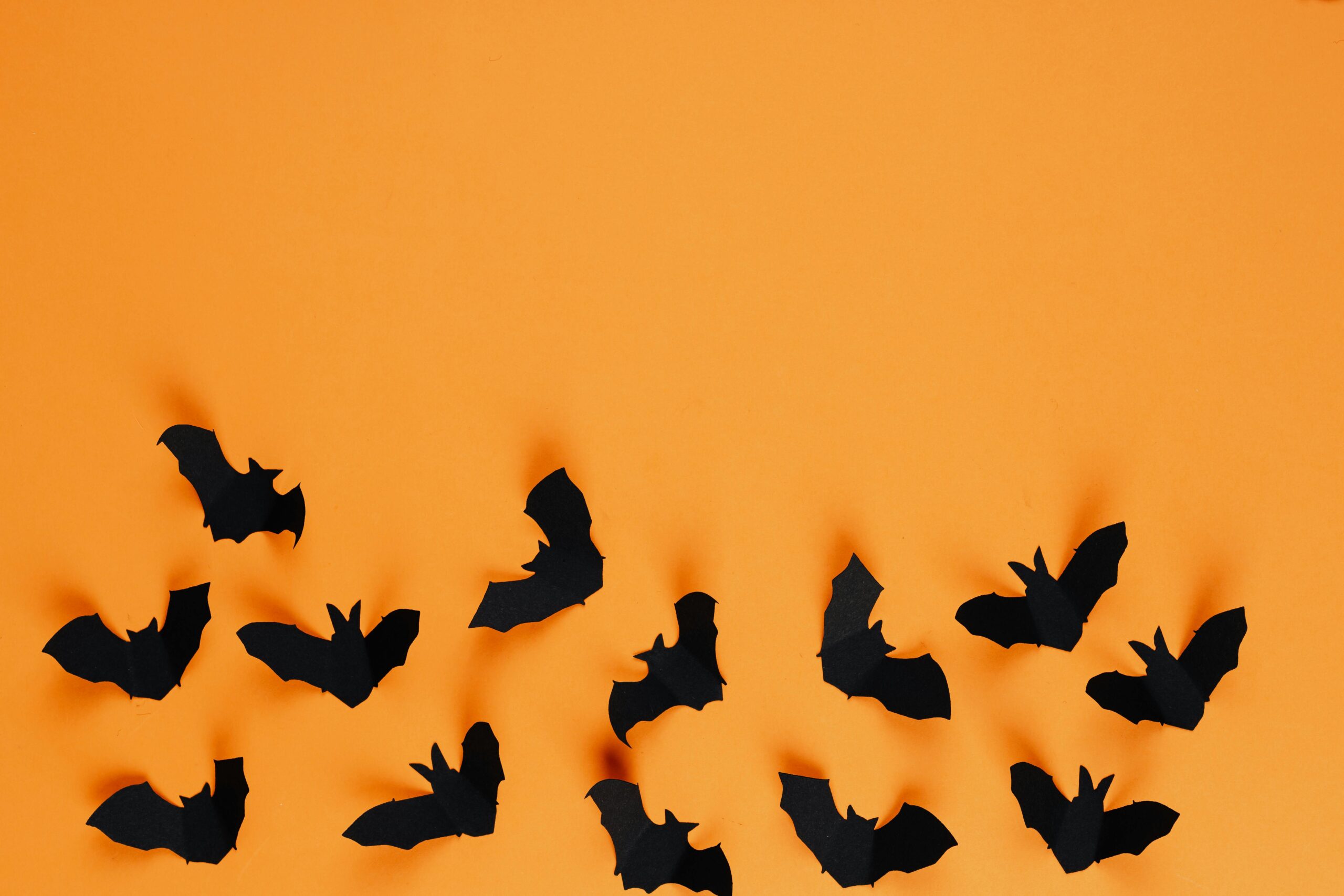Now that Halloween is over, it seems an opportune time to share a little more about this year’s costume-making process. I think it’s safe to say that this is one of my more involved costume projects — I self-drafted my outfit and built two props to go along with it. I’ll start with the outfit, as I already discussed the first few steps in my previous newsletter.
The dress was relatively simple to make, though the pattern looks complicated. As I mentioned last time, I drafted a fairly simple strapless princess seam dress, removed about 1/4” from all the seams to account for the stretch of the fabric, then put together a quick toile. I drew my design onto the toile, then cut it apart along the new style lines, which I then traced back onto the pattern pieces. I cut these apart and reassembled them as needed. And here’s what I ended up with:

I made sure to add plenty of notches and labels so that I’d be able to easily put them all back together. I also made a simple lining pattern out of the original princess seam pattern, which I cut out of a lightweight knit fabric. And, to top it off, I made a built-in shelf bra from from power mesh and bra foam using the same pattern pieces.
I sewed rigilene boning directly into the seams of the lining to give some added support. While I added a halter strap to the dress, it isn’t exactly doing anything to hold the dress up; it’s essentially a completely strapless garment with a decorative halter neck. The support is coming entirely from the boning and the built-in bra, combined with the stretch of the fabric.
While the fit isn’t bad and it’s not unpleasant to wear, I do think I can make a few improvements to the overall pattern. First of all, with the addition of lining and built-in bra, it became rather tight, so I may benefit from adding just a smidge more room in the upper section of the pattern. Because I factored in enough stretch, I didn’t add any kind of zipper or fasteners, but I think adding one might actually make it a little easier to get into and out of. The boning works alright, but it gets a little odd in my bust area, as the boning ended up on the lining, which was outside of the built-in foam bra, and therefore not attached to it. I’d definitely love to learn more about improving internal, structural elements in my garments.
The props were a lot of fun to create as well. A friend loaned us a 3D printer a few years ago, and I used it to make the ray gun. I found a pattern for free online, printed it out without too much trouble, then glued the pieces together and painted it. The helmet is an acrylic globe meant for outdoor lighting. We cut the opening a little larger to fit over my head, then covered the sharp edges with electric tape and glued a couple of foam wreaths to the base.
I completed the look with a pink wig and some Twiggy-inspired makeup. It was a fun costume, and I can’t wait to challenge myself again next year!

Hope you all had a fun Halloween. Thanks for reading!







